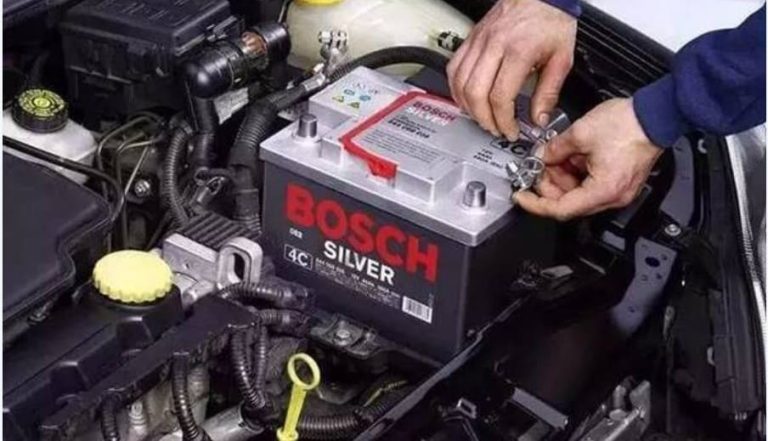How to find ev charging stations?

How to Find EV Charging Stations?
Modern technology has made it easier than ever to find electric vehicle (EV) charging stations, with a variety of methods available through online resources, in-car navigation systems, and mobile applications. Whether you’re running errands or planning a long trip, the process is simple and can be customized to meet your immediate needs. By using these tools, EV owners can easily locate available charging points, check real-time status, compare prices, and navigate to the station without difficulties.
Mobile applications are one of the most popular and efficient ways to locate charging stations. Map apps such as Google Maps and Apple Maps have incorporated EV charging station locations into their services; just launch the app, type “EV charging stations” or similar keywords in the search bar, and the map will show nearby options along with information like the number of available ports, charging speed, pricing, and user reviews. This method is especially helpful when seeking stations while on the go, as these apps offer real-time navigation and traffic updates, and many dedicated EV charging network apps, like those from Tesla, ChargePoint, and Electrify America, provide detailed information about their individual stations. These apps often include features like remote monitoring of your charging session, payment processing, and even reservations at some locations. They are especially valuable for users who frequently rely on a particular network and want a seamless experience from location to payment.
For a more integrated experience, many modern electric vehicles come equipped with advanced onboard navigation systems that include built-in charging station locators. These systems are designed to work seamlessly with your car, often providing information tailored to your vehicle’s specific needs, such as compatible plug types and optimal charging speeds. For example, Tesla’s navigation system not only locates Supercharger stations but also calculates how long you need to charge to reach your destination and may even pre-condition the battery for faster charging upon arrival. If your vehicle does not have a built-in system, you can often connect your smartphone via Apple CarPlay or Android Auto to mirror apps like Google Maps or dedicated charging apps onto the car’s display, combining the convenience of in-dash navigation with the robust features of mobile applications.
Another useful tool for locating EV charging stations is the internet. A straightforward search for phrases like “EV charging stations near me” on websites like Google or Bing will produce a list of possibilities, frequently with ratings, images, and thorough descriptions. A global database of charging stations, including those from different networks and even home chargers shared by individuals, is available on websites such as PlugShare. Finding a station that satisfies particular needs is made simple by these platforms, which let users filter results by plug type, charging speed, availability, and cost. It’s crucial to remember that information found online can occasionally be out of date, so for the most up-to-date information, it’s best to double-check with other sources or use real-time apps.
Inquiring with relevant organizations or individuals can also be helpful, especially in areas where digital resources are limited. Many EV manufacturers and dealerships provide customers with information about local charging infrastructure and may even offer personalized assistance. For instance, companies like Nissan and Chevrolet often include charging station maps and support as part of their customer service for EV buyers. Additionally, asking locals or businesses in the area can yield practical advice, as residents may know of less advertised or newly installed stations. Hotels, shopping malls, and restaurants often have charging facilities for customers, so it’s worth checking with them directly or looking for signage indicating EV charging availability.
Public places are increasingly hosting EV charging stations, making it easier to charge while going about your daily activities. Many supermarkets, shopping centers, parking garages, and public parks now offer charging ports, often labeled with clear signs. For example, Walmart and Target have partnered with charging networks to install stations at numerous locations across the United States. Keeping an eye out for these signs or inquiring at customer service desks can lead you to convenient charging options. In some regions, government initiatives have led to the installation of chargers in public areas, and websites or apps from local transportation departments can provide maps and details about these facilities.
Finally, mini-programs and wearable technology are emerging as convenient tools for finding charging stations. In China, for instance, mini-programs within apps like WeChat and Alipay allow users to quickly locate nearby chargers, check availability, and even make payments. These platforms often integrate with major charging networks and provide real-time data, making them a handy option for users who prefer not to download multiple apps. As technology continues to evolve, we can expect more innovative solutions, such as voice-activated assistants and smartwatch integrations, to further simplify the process of finding and using EV charging stations.
In conclusion, a number of tools and resources make it simple to locate an EV charging station. Online searches, in-car systems, mobile apps, and public resources all add to a vast information network that guarantees EV owners can always find a charger when they need one. You can experience the sustainability and convenience of electric driving without worrying about running out of power if you become familiar with these techniques.



































































































































